Trout Unlimited's Mine Restoration Field Manager, Jason Willis, was awarded with the 2016 Excellence in Project Implementation award from the Water Quality Control Division – Non-Point Source Program (NPS) at the Sustaining Colorado Watersheds Conference on October 10-13. The award was for work on finishing up the Kerber Creek project on June 30, thus closing out two phases of 319 Non-Point Source grant funds. The project includes restoring just under 11 miles of stream through installation of in-stream and bank stabilization structures, as well as treatment and revegetation of over 85 acres of mine tailings along the floodplain. This puts the restored portion of Kerber Creek at 43% of the total 25 miles in length from headwaters to confluence with San Luis Creek.
"It's gratifying to receive an award like this from a partner organization in front of all of my peers at the Sustaining Colorado Watersheds Conference, especially when there are so many other talented people working in this field," said Willis. "It also means a lot to TU because not only does it highlight a great project achievement, it also recognizes the ability of Trout Unlimited to conceptualize and carry-out successful mine reclamation clean-up projects."
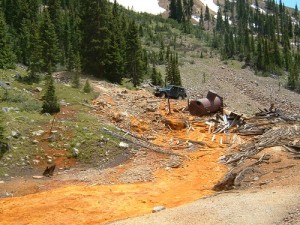 TU is currently working on three other NPS funded projects on the Illinois Gulch (Breckenridge), Evans Gulch (Leadville), and Leavenworth Creek (Georgetown) watersheds. The Environmental Protection Agency describes Non-Point Source Pollution as pollution that, "results from land runoff, precipitation, atmospheric deposition, drainage, seepage or hydrologic modification. NPS pollution is caused by rainfall or snowmelt moving over and through the ground. As the runoff moves, it picks up and carries away natural and human-made pollutants, finally depositing them into lakes, rivers, wetlands, coastal waters and ground waters."
TU is currently working on three other NPS funded projects on the Illinois Gulch (Breckenridge), Evans Gulch (Leadville), and Leavenworth Creek (Georgetown) watersheds. The Environmental Protection Agency describes Non-Point Source Pollution as pollution that, "results from land runoff, precipitation, atmospheric deposition, drainage, seepage or hydrologic modification. NPS pollution is caused by rainfall or snowmelt moving over and through the ground. As the runoff moves, it picks up and carries away natural and human-made pollutants, finally depositing them into lakes, rivers, wetlands, coastal waters and ground waters."
Along with the three NPS programs, there are mine reclamation efforts taking place at the Akron Mine (White Pine), Minnie Lynch Mine (Bonanza), and Santiago/Waldorf Mines (Georgetown) in conjunction with the U.S. Forest Service, other agencies, and private partners such as Freeport McMoRan and Newmont Mining. All of these projects encompass improving water quality by reducing non-point source contamination through the use of applicable best management practices.
"There is a lot of work to do here in Colorado and the western US, so hopefully this is the first of many awards to follow in the name of improving our water quality."






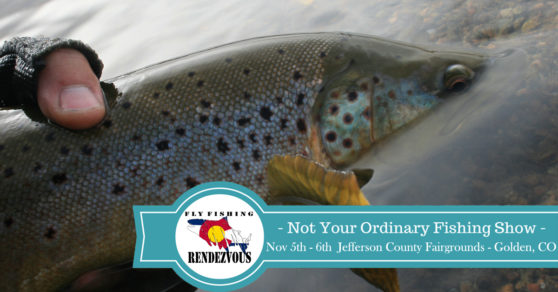
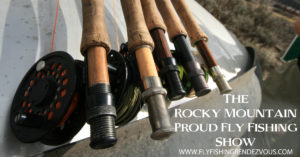
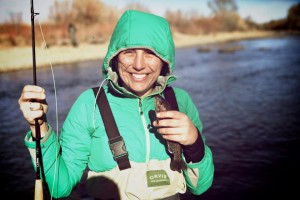 “It’s the consummate riddle that’s never solved, when you’re on the river and fishing,” said Barclay, a real estate agent with Slifer, Smith and Frampton who’s been moonlighting as a guide with Blue Quill Angler for more than a decade. “And it takes you to beautiful places. Just don’t wait for it to show up on your bucket list — get out there now.”
“It’s the consummate riddle that’s never solved, when you’re on the river and fishing,” said Barclay, a real estate agent with Slifer, Smith and Frampton who’s been moonlighting as a guide with Blue Quill Angler for more than a decade. “And it takes you to beautiful places. Just don’t wait for it to show up on your bucket list — get out there now.”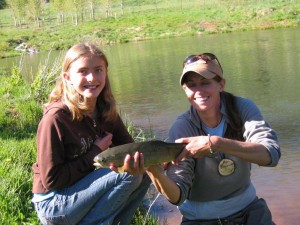 “A guide friend told me: ‘Have a river that you fish and know intimately, all times of the year and in all conditions,’” said Barclay, who travels north to the Bighorn at least four times per year. “So I followed what he said, and now I fish it in winter and summer, all year long, from low flows to high flows.”
“A guide friend told me: ‘Have a river that you fish and know intimately, all times of the year and in all conditions,’” said Barclay, who travels north to the Bighorn at least four times per year. “So I followed what he said, and now I fish it in winter and summer, all year long, from low flows to high flows.”
 At the
At the 
 Over the last decade population studies on the Animas have shown a decline. Although this year there wasn't a turn around, CPW Biologist Jim White told the Durango Herald, "It's been a really nice fish year. It’s definitely been more abundant than years past.”
Over the last decade population studies on the Animas have shown a decline. Although this year there wasn't a turn around, CPW Biologist Jim White told the Durango Herald, "It's been a really nice fish year. It’s definitely been more abundant than years past.” While the Animas is improving, the future of Cutthroat Trout in Hermosa Creek also have a bright future as stream improvements have been made to prepare for Colorado River Cutthroat reintroduction.
While the Animas is improving, the future of Cutthroat Trout in Hermosa Creek also have a bright future as stream improvements have been made to prepare for Colorado River Cutthroat reintroduction.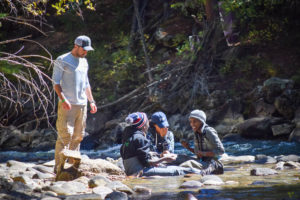 Forward Rising Inc, the creator of Forward Rising camp, is a new organization that focuses on engaging inner city girls through conservation, fishing, and the great outdoors. The organization hopes to use these activities to offer the girls outlets to the challenges they face.
Forward Rising Inc, the creator of Forward Rising camp, is a new organization that focuses on engaging inner city girls through conservation, fishing, and the great outdoors. The organization hopes to use these activities to offer the girls outlets to the challenges they face.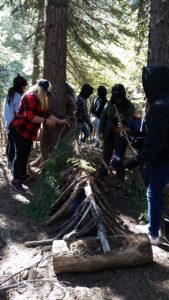 Saturday morning started out pretty chilly so everyone was moving a bit slower, but you could sense the excitement in the air! We kicked off our day with a session on wilderness survival from Mary Margaret Sweeney, PhD – Director at
Saturday morning started out pretty chilly so everyone was moving a bit slower, but you could sense the excitement in the air! We kicked off our day with a session on wilderness survival from Mary Margaret Sweeney, PhD – Director at 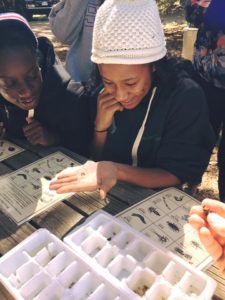 The girls suited up in waders and boots and headed to North Fork of the South Platte River to search for bugs. After turning over rocks and doing the “San Juan shuffle” in front of the bug seines we came away with a few bugs that would later be identified as mayflies, small craw-fish and a couple worms. After a lesson in entomology and discussions around the importance of healthy rivers we tied up some San Juan worms in hopes of tricking the fish!
The girls suited up in waders and boots and headed to North Fork of the South Platte River to search for bugs. After turning over rocks and doing the “San Juan shuffle” in front of the bug seines we came away with a few bugs that would later be identified as mayflies, small craw-fish and a couple worms. After a lesson in entomology and discussions around the importance of healthy rivers we tied up some San Juan worms in hopes of tricking the fish!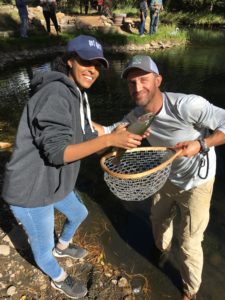 Sunday morning came faster than we expected and the weekend was coming to an end. The weekend contained many firsts – 1st time being in the river, 1st time putting up a tent and sleeping outside, 1st time catching a fish, 1st time making s’mores, 1st time seeing the stars and for some, 1st time being out of Denver. As we cleaned up camp and packed up the van there was still a lot of excitement about the weekend!
Sunday morning came faster than we expected and the weekend was coming to an end. The weekend contained many firsts – 1st time being in the river, 1st time putting up a tent and sleeping outside, 1st time catching a fish, 1st time making s’mores, 1st time seeing the stars and for some, 1st time being out of Denver. As we cleaned up camp and packed up the van there was still a lot of excitement about the weekend!



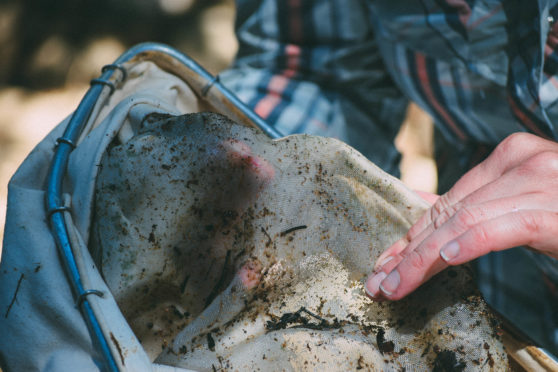
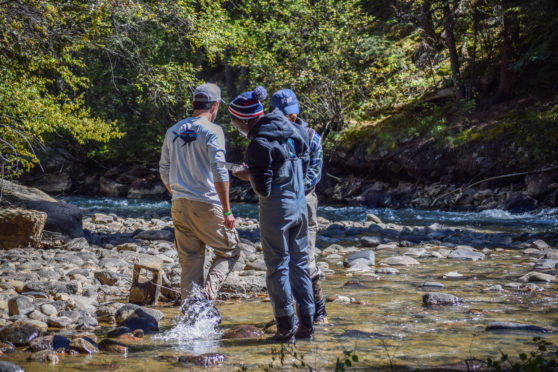
 Our chapter's ongoing conservation work on the South Platte River near Deckers strikes a chord with me. One of my earliest memories of being outdoors with my Dad is when he would take me there with his buddy and I would play in the shallows at the edge of the river. Later my good fishing buddy/college roommate and I spent many a pleasant weekend camping there and fishing those waters. Later on I had a great dog, a lab mix, and he would love to go along. We would do our best to keep him out of the water to avoid scaring fish, but he always managed to come home soaked, muddy, and contented. My buddy is busy with family now, and both my father and the dog have passed on. When the Hayman Fire roared through the area it broke my heart. Now the river is recovering with the help of our efforts, those of CUSP, and others. I am honoring the memories of those times I have spent on that river when I do my share to preserve its health and beauty.
Our chapter's ongoing conservation work on the South Platte River near Deckers strikes a chord with me. One of my earliest memories of being outdoors with my Dad is when he would take me there with his buddy and I would play in the shallows at the edge of the river. Later my good fishing buddy/college roommate and I spent many a pleasant weekend camping there and fishing those waters. Later on I had a great dog, a lab mix, and he would love to go along. We would do our best to keep him out of the water to avoid scaring fish, but he always managed to come home soaked, muddy, and contented. My buddy is busy with family now, and both my father and the dog have passed on. When the Hayman Fire roared through the area it broke my heart. Now the river is recovering with the help of our efforts, those of CUSP, and others. I am honoring the memories of those times I have spent on that river when I do my share to preserve its health and beauty.
